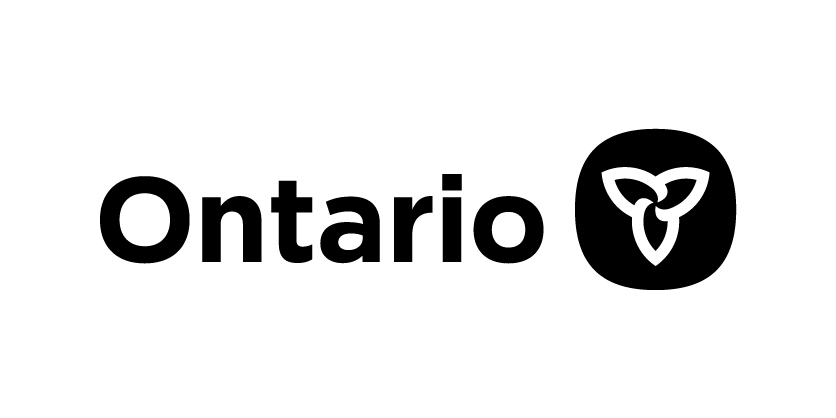Ontario Making it Easier to Build Electric Vehicle Charging Stations
February 22, 2024

Province of Ontario streamlining process to connect public EV charging stations to the grid
The Ontario government is making it easier to build and connect new public electric vehicle (EV) chargers to the province’s world-class clean electricity grid. Starting May 27, 2024, all local utilities will follow a streamlined process for EV charging connections that will make it easier to set up new charging stations and support the adoption of electric vehicles in Ontario.
“As the number of EV owners in Ontario continues to grow, our government is making it easier to put shovels in the ground to build the critical infrastructure needed for drivers to charge their vehicles where and when they need to,” said Todd Smith, Minister of Energy. “This is just another step we are taking to reduce red tape, increase EV adoption, and use our clean electricity supply to support the electrification of Ontario’s transportation sector.”
Today, each of Ontario’s 58 local electricity utilities have different procedures for connecting new public EV charging stations, with different timelines, information requirements and responsibilities for customers.
In response to Minister Smith’s Letter of Direction, which called on the Ontario Energy Board (OEB) to take steps to facilitate the efficient integration of EV’s into the provincial electricity system, the OEB issued provincewide, streamlined procedures that all local utilities must follow for installing and connecting new EV charging infrastructure. This new procedure includes the implementation of standardized forms, timelines, and information requirements which will make it easier for EV charging providers to deploy chargers in all regions of the province.
“Our government is paving the way to an electric future by building the EV charging infrastructure drivers need, where they need it,” said Prabmeet Sarkaria, Minister of Transportation. “By increasing the accessibility of public EV charging stations across the province, including for rural and northern communities, we are providing more sustainable and convenient travel options for drivers.”
“Having attracted over $28 billion in automotive investments in the last three years, our province is a leading jurisdiction in the global production and development of EVs,” said Vic Fedeli, Minister of Economic Development, Job Creation and Trade. “By making it easier to build public charging infrastructure, our government is supporting Ontario’s growing end-to-end EV supply chain and ensuring EV drivers can confidently and conveniently power their journeys.”
This initiative is part of the government’s larger plan to support the adoption of electric vehicles and make EV charging infrastructure more accessible, which includes:
- The EV ChargeON program – a $91 million investment to support the installation of public EV chargers outside of Ontario’s large urban centres, including at community hubs, Ontario’s highway rest areas, carpool parking lots, and Ontario Parks.
- The new Ultra-Low Overnight price plan which allows customers who use more electricity at night, including those charging their EV, to save up to $90 per year by shifting demand to the ultra-low overnight rate period when provincewide electricity demand is lower.
- Making it more convenient for electric vehicle (EV) owners to travel the province with EV fast chargers now installed at all 20 renovated ONroute stations along the province’s busiest highways, the 400 and 401.
The initiative also builds on the government’s Driving Prosperity: The Future of Ontario’s Automotive Sector plan which aims to create a domestic EV battery ecosystem in the province and position Ontario as a North American automotive innovation hub by working to support the continued transition to electric, low carbon, connected and autonomous vehicles.
Quick Facts
- As of December 2023, there are more than 150,000 EVs registered in Ontario, including both battery-electric vehicles (BEV) and plug-in hybrid electric vehicles (PHEV). By 2030, there are expected to be more than one million EVs on the road in Ontario.
- The Ontario Energy Board’s new Electric Vehicle Charging Connections Procedures (EVCCP) applies to public charging connections including those found along highways and at service centres, workplace charging, multi-residential buildings and charging stations used for EV fleets.
- On February 16, 2024, the OEB issued the final EVCCP that establishes requirements which LDCs must follow under the Distribution System Code (DSC). The amendments will come into force on May 27, 2024.
Additional Resources
- Distributed Energy Resources (DER) Connections Review
- Driving Prosperity: The Future of Ontario’s Automotive Sector
- Distributed Energy Resources (DER) Connections Review | Engage with Us (oeb.ca)
- Consumer Protection and Information: Electric Vehicles
Related Story
Ontario Innovation Takes Centre Stage During Trade Mission to the United States
The Ontario government has concluded a successful trade mission to the United States to promote the province’s flourishing automotive, technology and life sciences sectors and attract new investment opportunities. Two delegations of more than 29 Ontario companies, led by Vic Fedeli, Minister of Economic Development, Job Creation and Trade, represented the province at two of the world’s largest technology and innovation conferences – the Consumer Electronics Show and the JP Morgan Healthcare Conference and Biotech Showcase.

